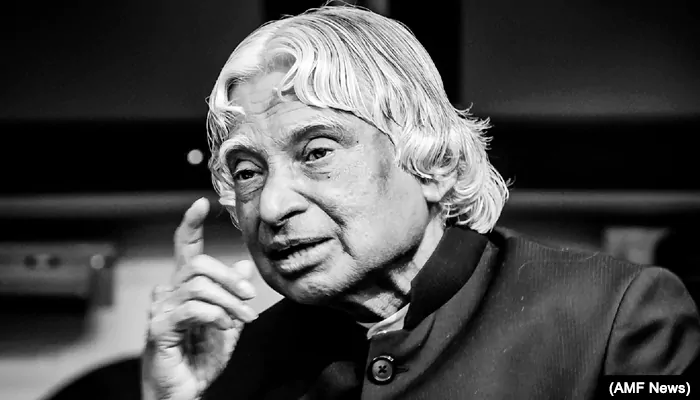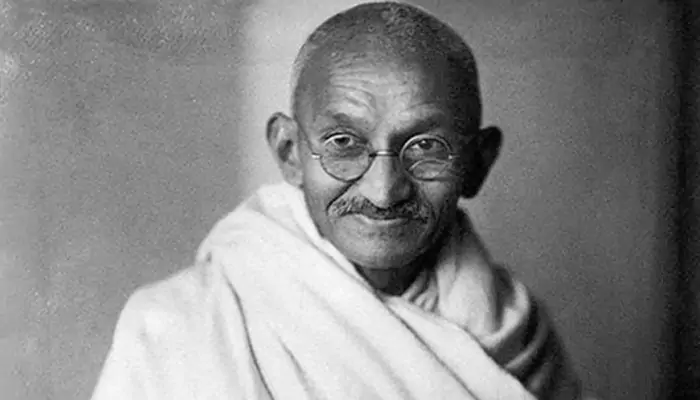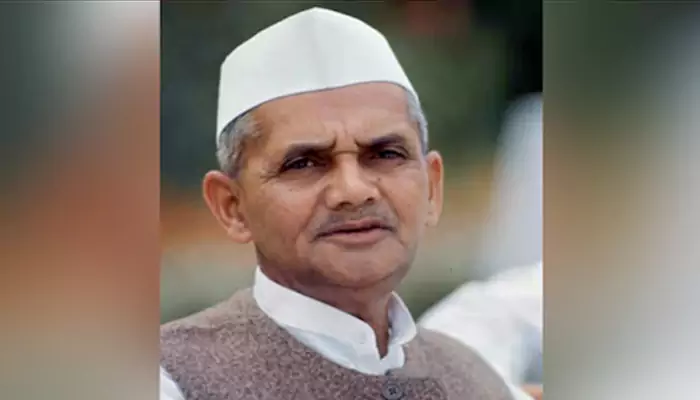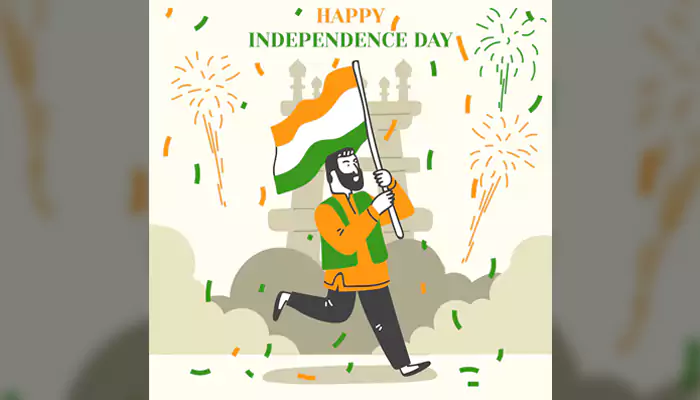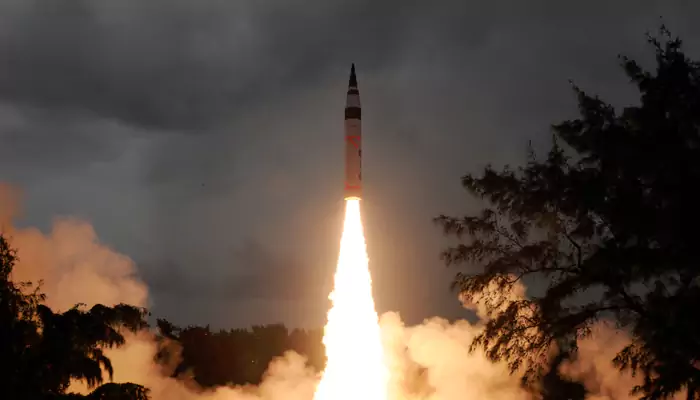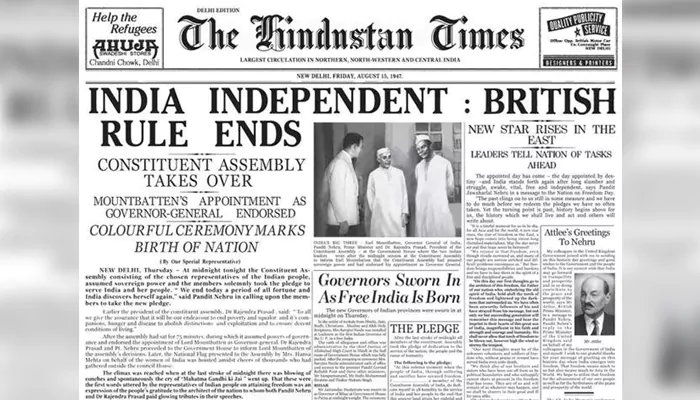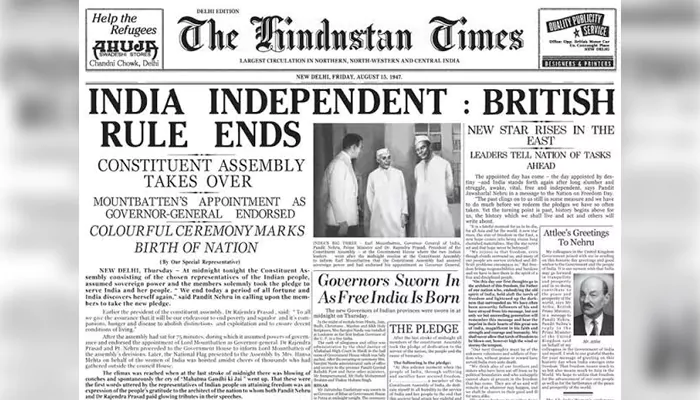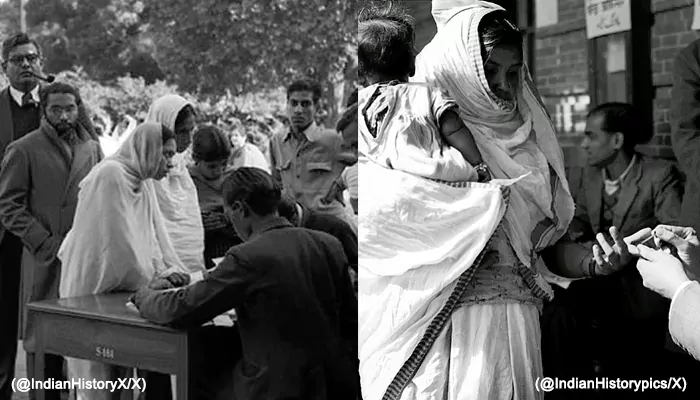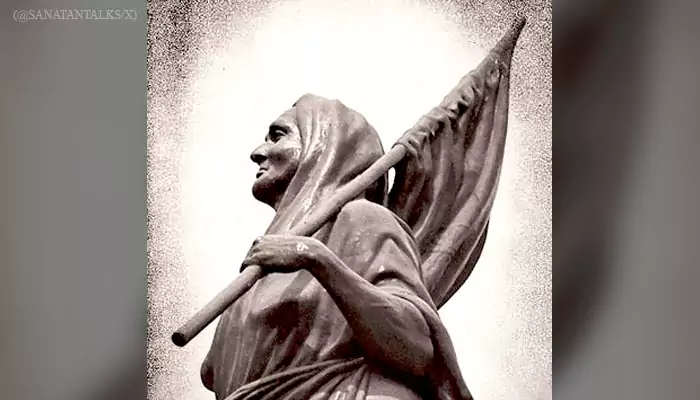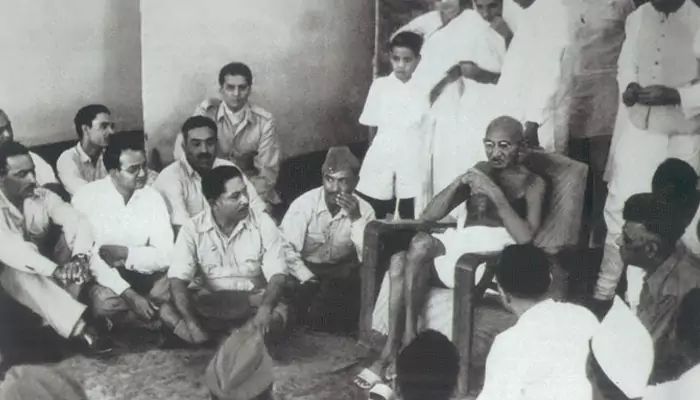Discover the Magic of Durga Puja in Bengal: 6 Fascinating Facts You Can't Miss
- Devyani
- 1 year ago
- 4 minutes read

You may have experienced the vibrant Carnaval in Rio de Janeiro or the excitement of Diwali in North India, where joy and memory-making with loved ones are the highlights of the year. But if you've ever been to Kolkata during Durga Puja, you’d understand why it’s called the City of Joy. For four days, the Puja spirit captures the hearts of all, transcending age, caste, class, or gender. The entire state of West Bengal opens its arms to welcome Goddess Durga, her children, and the mighty demon Mahishasura. From the historic neighborhoods of Tala and Bagbazar in the north to the elegant pandals of Naktala and Behala in the south, Kolkata’s streets are alive with crowds of darshanarthis, or 'pandal-hoppers,' all dressed in their finest, embracing the festive mood of togetherness and devotion.
No matter how creative the presentation of Durga Puja may be, when it comes to upholding traditions, there are no compromises. Beyond the religious customs, Kolkata’s Durga Puja has several distinctive elements that set it apart, making the celebration truly unique.
Here are six traditional aspects and interesting facts about Durga Puja that highlight its exclusivity.
The Idols
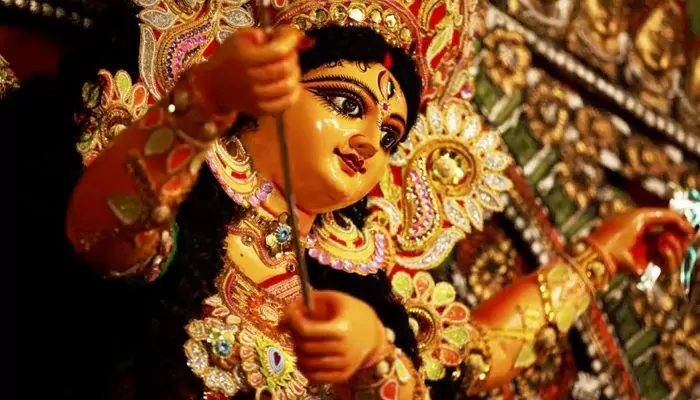
The idols of Durga and her children are the central focus of the grand celebration. Durga, in her full form, is depicted riding a lion while piercing Mahishasura's chest with her weapon. To her left, the deities Saraswati and Kartik stand, while on her right are Lakshmi and Ganesha, with Ganesha's two wives represented by two banana trunks. An image of Lord Shiva is positioned above Durga, completing the ensemble. The entire arrangement, known as the "Chala," forms the sacred structure that is revered during the festivities.
Offering the Eye (Chokkhudan)
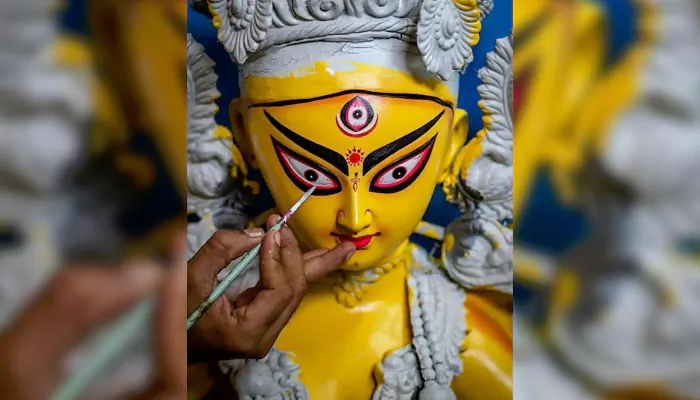
One of the most ancient and fascinating rituals in the creation of Durga idols is the "Chokkhudaan," or the offering of eyes to Goddess Durga. Crafting a Durga idol, known as a Durga Chala, typically takes around 3 to 4 months. The eyes are considered the final and most significant feature, completed with a delicate stroke of paint. Traditionally, this sacred ritual is performed in total darkness, with only the sculptor present. However, not all sculptors strictly adhere to this practice today, as many need to complete the idols in advance to meet deadlines.
Ashtami Pushpanjali
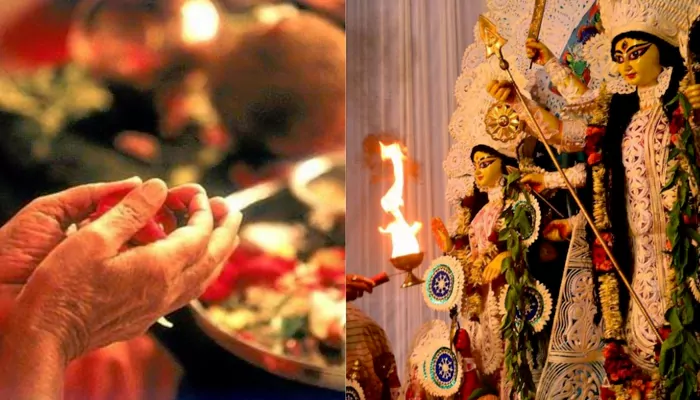
No Bengali skips the pushpanjali, or flower offering, on the morning of Ashtami, the eighth day of Durga Puja. No matter where you are in Kolkata on that day, you’ll witness people, even complete strangers, gathering together to offer flowers to Goddess Durga, whom they revere as Maa, or mother. This sacred ritual brings communities together, creating a deep sense of unity and devotion during the festival.
Kumari Puja
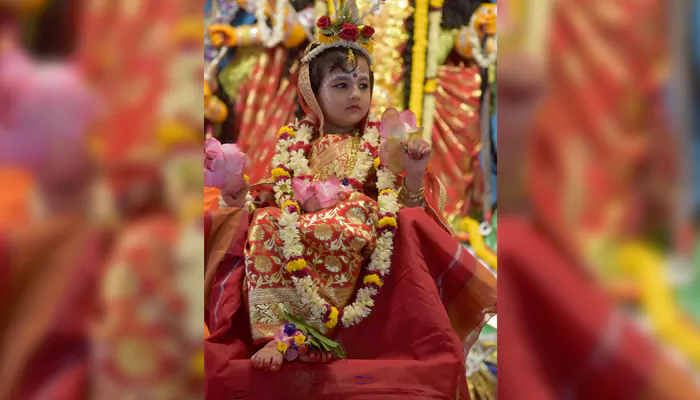
Goddess Durga is revered in various forms during the festival, with one of the most notable being that of Kumari, representing a virgin girl. A girl, typically between the ages of one and sixteen, is carefully chosen in advance for this role, known for her radiant personality. On Ashtami, the Kumari is honored in front of the Durga idol, and this ritual is regarded as a highly sacred form of worship. A renowned Kumari Puja was initiated by Swami Vivekananda at Belur Math in Howrah, and it continues to be celebrated with great grandeur to this day.
Two Pujas
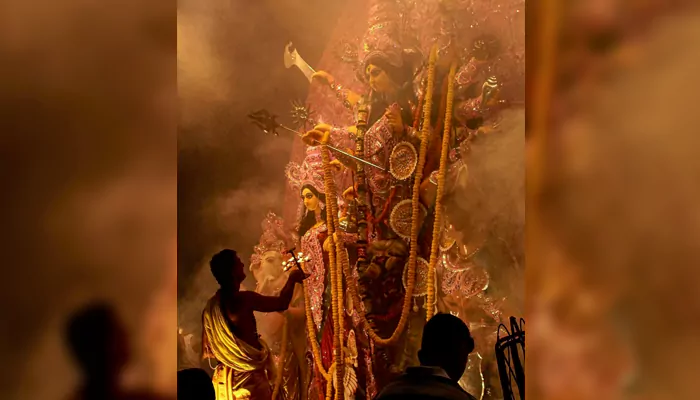
Durga Puja in Kolkata encompasses more than just the elaborate pandals. The city experiences two distinct styles of celebration, each offering a unique experience beyond the rituals. The first is the vibrant community 'para' puja, showcasing dazzling lights, creative themes, and large crowds. In contrast, the 'barir' puja, or home puja, evokes a sense of nostalgia and connection to one’s roots, fostering a feeling of homecoming. This intimate celebration takes place within the old residences of North Kolkata and the affluent homes of South Kolkata, bringing families and friends together in a warm, inviting atmosphere.
Sandhya Aarati
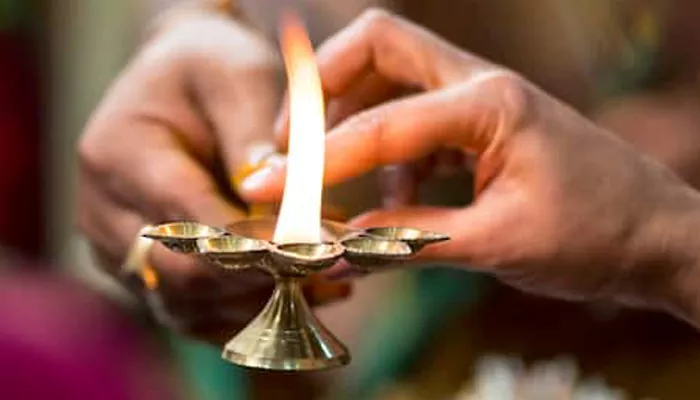
Durga Puja in Kolkata goes far beyond the grandeur of the pandals. The city boasts two distinct forms of celebration, each offering something special beyond the rituals. The lively 'para' pujas in local communities are marked by stunning lights, innovative themes, and bustling crowds. On the other hand, the 'barir' puja, or home puja, offers a more nostalgic and personal experience, rooted in tradition. These intimate gatherings, hosted in the ancestral homes of North Kolkata and the affluent residences in South Kolkata, create a welcoming atmosphere where family and friends come together in celebration.

